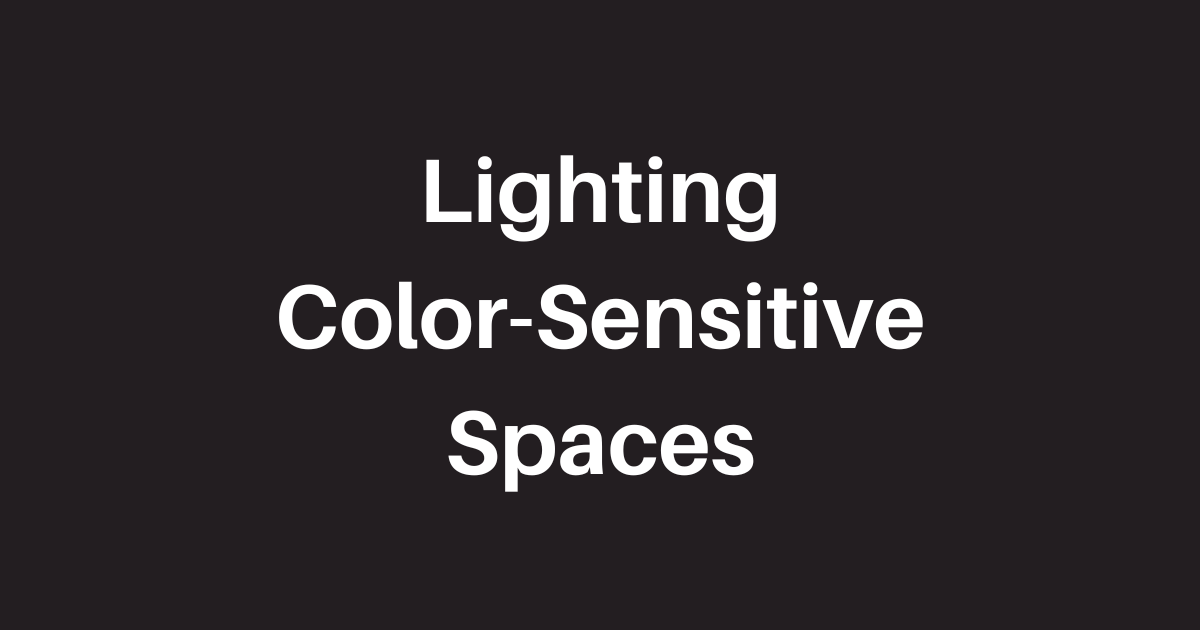Lighting Color-Sensitive Spaces
Lighting color-sensitive spaces is a special design challenge. Whether highlighting a work of art or rendering a fashion model on the runway, specialized lighting makes all the difference.
Not all spaces require specialized lighting. An overall level of illumination is adequate in most warehouses and offices, with additional task lighting in select locations. But in color-sensitive spaces such as hair salons, museums and grocery stores, color rendition is critical. To achieve excellence, designers adjust the lighting plan using a combination of fixture placement, number, type and lamping.
Lighting Considerations for Light-Sensitive Spaces
- What is being illuminated? Does something need to be highlighted?
- How much illumination is required?
- Is flexibility a priority?
- Is staff available for relamping and are the fixtures accessible?
- What is the best fixture placement?
- How many fixtures are needed?
- What is the most appropriate color rendition of the lamps?
- How much energy is consumed?
- How much heat is generated and how do we offset that?
- How is the lighting plan integrated into the architecture of the space?
In color-sensitive applications, we specifically focus on the color rendering index (CRI) for lamps to measure the quality of color rendered http://bit.ly/1vCHTmA. For instance, a low pressure sodium lamp has a value of 0, a cool white fluorescent lamp has a value of 62, and a halogen lamp has a value of 100. Higher values indicate better color rendering.
Recently, Sheryl shared an article in the November/December issue of Architectural Lighting magazine. In the article Ingrid D Rowland discusses the lighting design considerations for the Vatican’s Sistine Chapel’s new lighting plan.
Previous to the lighting project, the chapel and its magnificent frescoes by Michelangelo were illuminated by natural light from windows and by candles. During an earlier restoration in 1986, workers removed candle smoke from the delicately painted plaster. The windows which admitted ultraviolet rays were fitted with filtering screens and metal halide and halogen projectors outside each window.
In the last few years, designers chose carefully calibrated LEDs to shed an intense even light across every surface of the chapel. The luminaires include LEDs in a variety of colors (red , cool white,
green, blue, and warm white) that “can be independently controlled to allow fine adjustment of the color temperature”. The new lighting reveals shadowless paintings that are full of detail. All the figures can now be appreciated in all their glorious complexity.
The luminaires are integrated into the architecture, mounted on a projecting ornamental cornice along the two side walls at 33’ high. 20 fixtures are installed on each side, mounted in groups of four. The custom lighting system operates with 3 scenes: normal, gala, and a setting in which The Last Judgment at the far end of the chapel is illuminated.
Power consumption is much lower than the previous design and it is much cooler, exposing the painted plaster to much less stress.
How can we help you to light your color-sensitive space?




